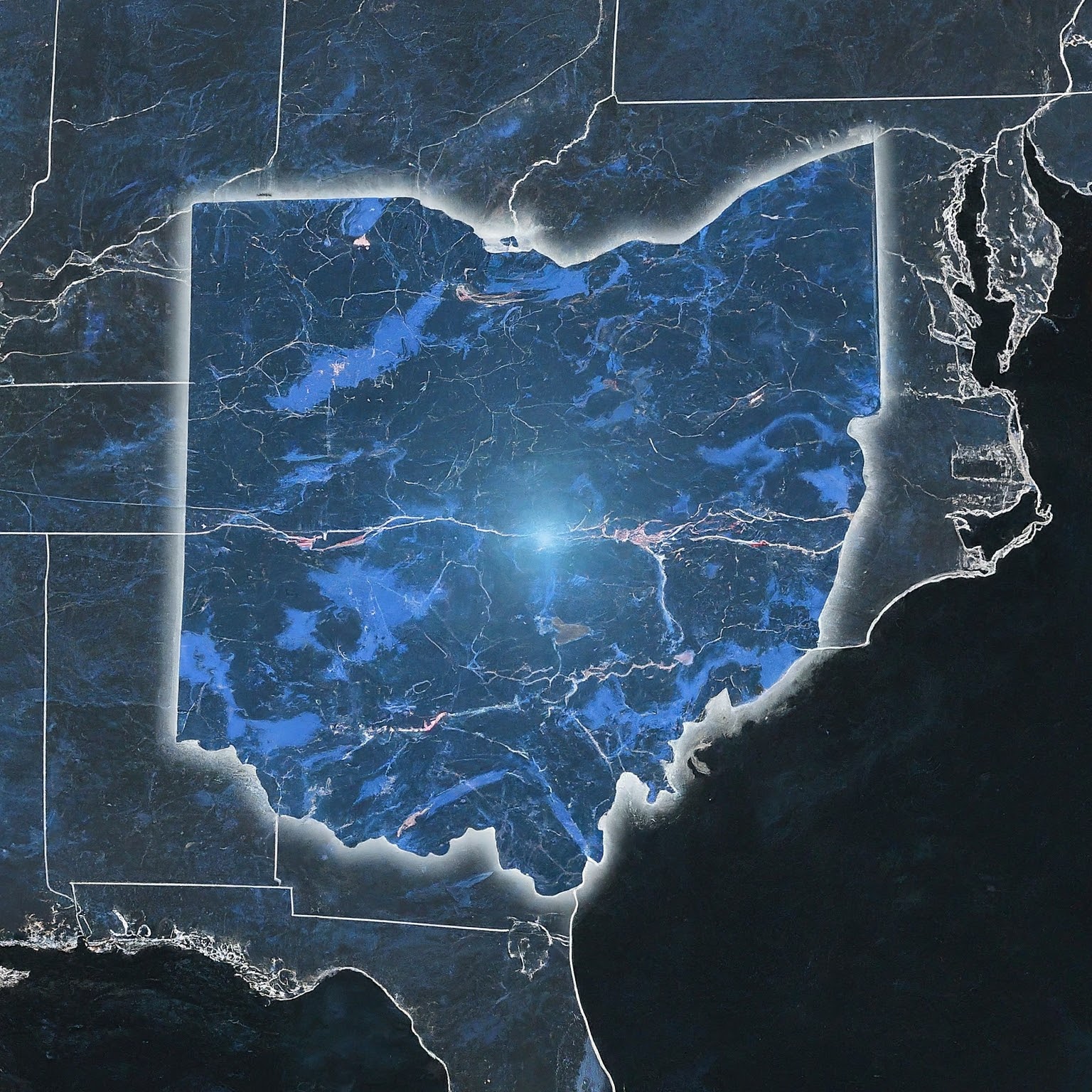The intricate world of telecommunication relies on a complex system of area codes to efficiently route calls across vast distances. In the United States, understanding these codes is crucial for making local and long-distance connections. This article delves into the intriguing story behind the 326 area code, a relatively new addition to the Ohio numbering plan. We’ll explore its origins, service area, and impact on communication within the Buckeye State.

The Evolving Landscape of Ohio Area Codes
Ohio, a state boasting a rich history and diverse population centers, has witnessed a continuous need for new phone numbers. Historically, the state relied on a handful of area codes, such as the widely recognized 216 (Cleveland) and 513 (Cincinnati). However, to accommodate population growth and phone number demands, new area codes have been implemented over time.
Enter Area Code 326: A Newcomer to the Ohio Scene
Area code 326 officially entered the Ohio numbering plan on March 8th, 2020. It became an overlay for the existing area code 937, serving the same geographic region. An overlay essentially introduces a new area code to an already established service area. This approach helps to extend the capacity for new phone numbers within a specific region without requiring residents with existing 937 phone numbers to change them.
Where Does Area Code 326 Serve?
Area code 326 primarily covers southwestern Ohio, excluding the greater Cincinnati metropolitan area. Key cities and regions included in its service area are:
Dayton (major city)
Springfield (major city)
Kettering (major city)
Montgomery County
Greene County
Clark County
Miami County
Warren County (partial)
Darke County
Logan County
Shelby County
Highland County
Clinton County
If you encounter a phone number with area code 326, you can be certain it originates from this specific region within Ohio.
The Impact of Area Code 326
The introduction of area code 326 has had a twofold impact:
Increased Capacity for Phone Numbers: Area code 326 has significantly expanded the availability of phone numbers within the designated region, catering to the growing population and demand for new connections, particularly in the Dayton metropolitan area.
Dialing Requirements: For local calls within the previously established 937 service area, residents now have the option to use either area code 937 or area code 326. However, for calls placed outside this region to a number with either area code, you must include the appropriate area code (937 or 326) before the seven-digit phone number for successful connection.
Understanding Ten-Digit Dialing and Avoiding Confusion
To ensure seamless communication within Ohio, understanding ten-digit dialing is crucial. This practice mandates dialing all ten digits, including the area code, for both local and long-distance calls within the state. This eliminates confusion and ensures calls are routed accurately, regardless of whether the recipient’s phone number has area code 937 or the newer area code 326.
The Future of Area Codes in Ohio
The introduction of area code 326 signifies the ongoing effort to manage phone number availability within Ohio. As the population continues to grow, especially in urban centers like Dayton, the need for additional area codes might arise in the future. NANPA (North American Numbering Plan Administrator), the governing body overseeing area code allocation, will continue to assess the demand and implement new codes as necessary.
Beyond 326: Exploring Other Ohio Area Codes
While area code 326 is a recent addition, Ohio utilizes several other area codes across the state. Here’s a brief glimpse into some prominent ones:
216 and 440: Primarily serve the Cleveland metropolitan area.
513 and 937 (excluding the 326 overlay): Primarily serve the Cincinnati metropolitan area.
330: Serves Akron and surrounding areas.
614: Serves Columbus and surrounding areas.
Understanding the distribution of these area codes can be helpful when identifying the origin of phone calls within Ohio.


